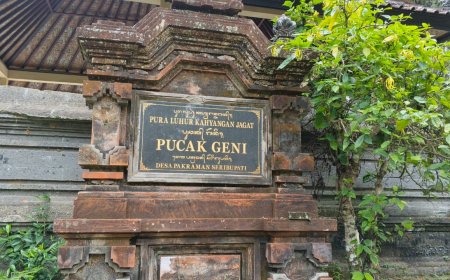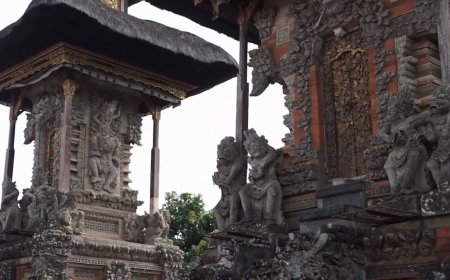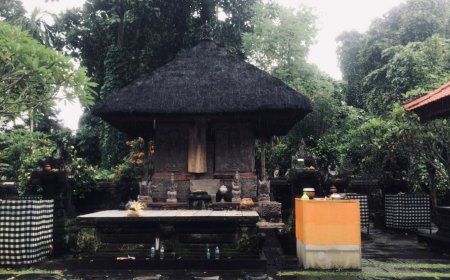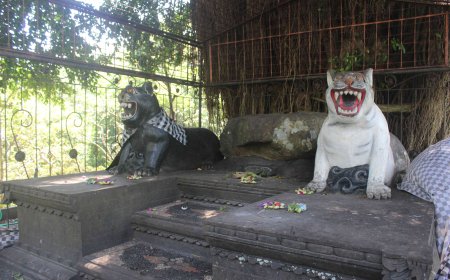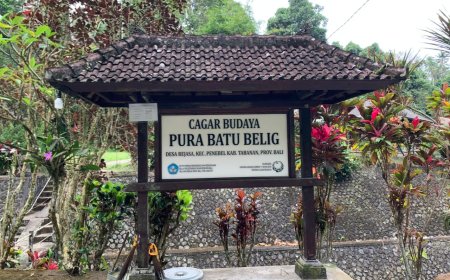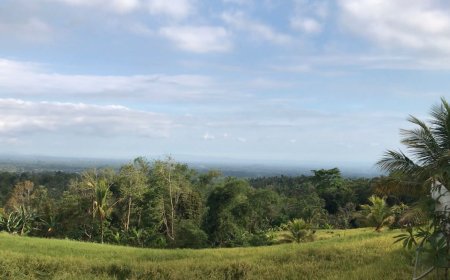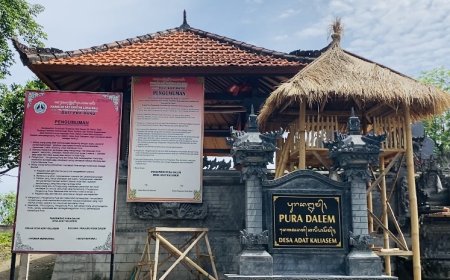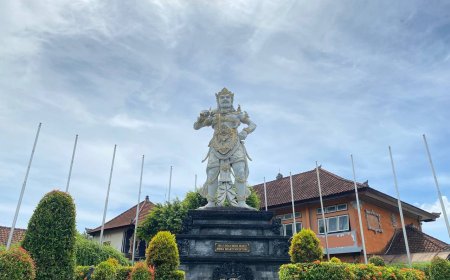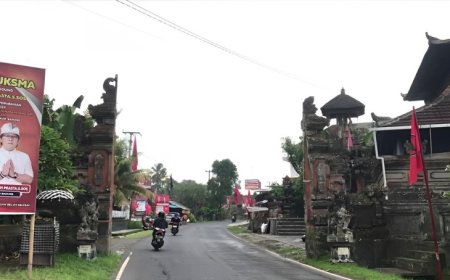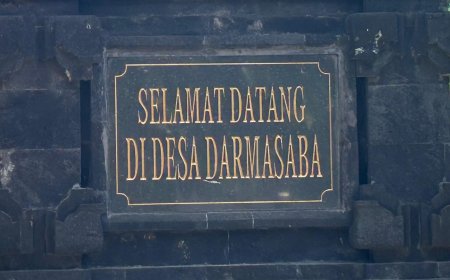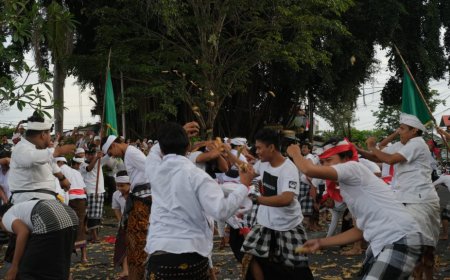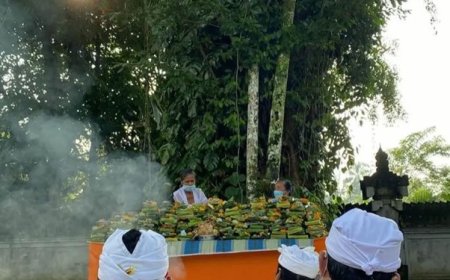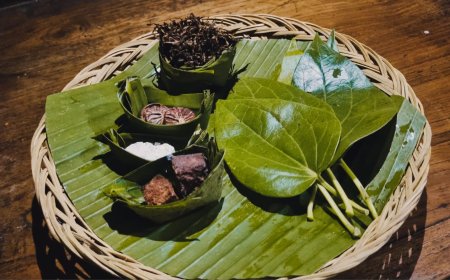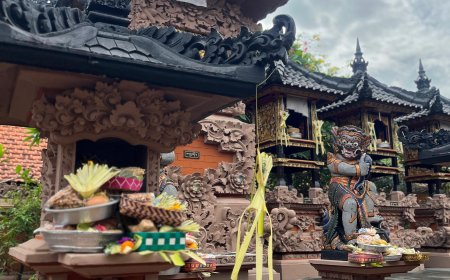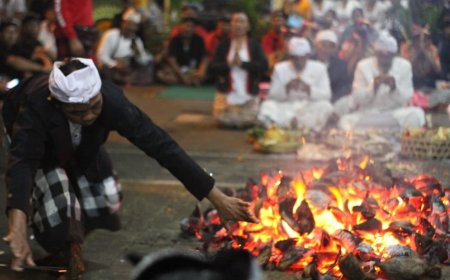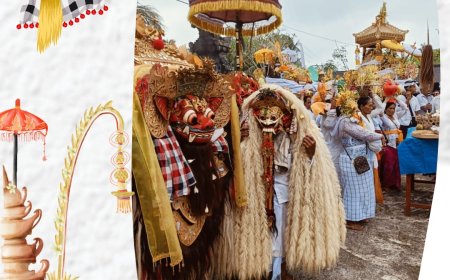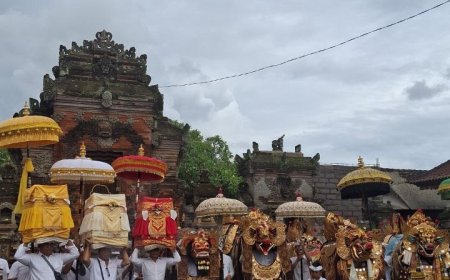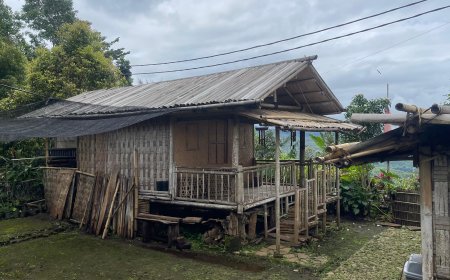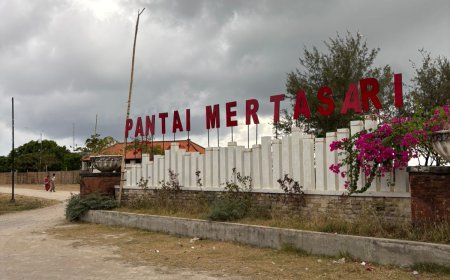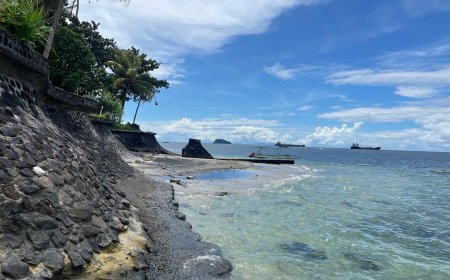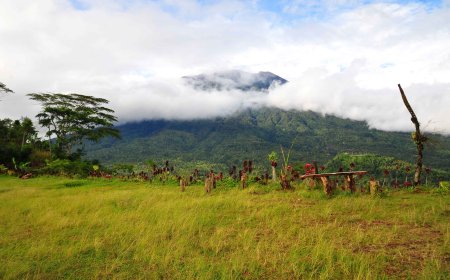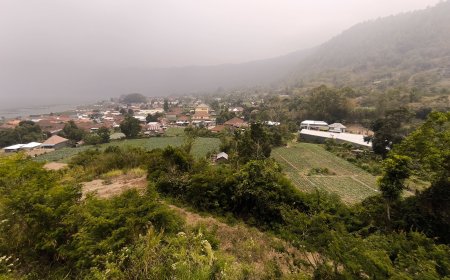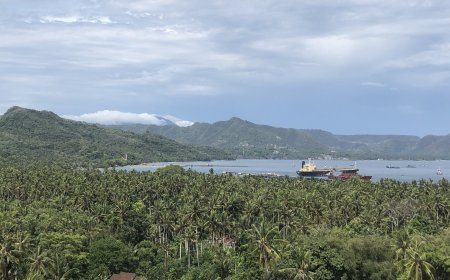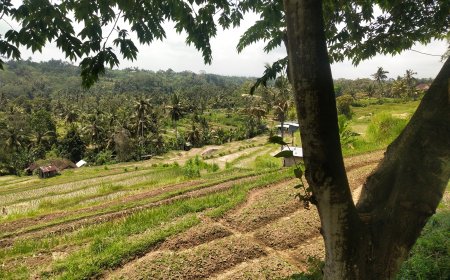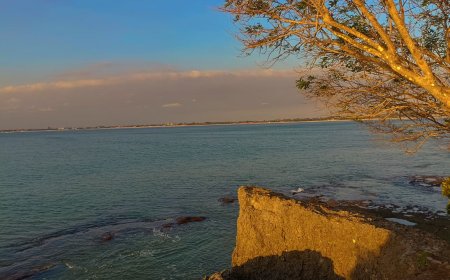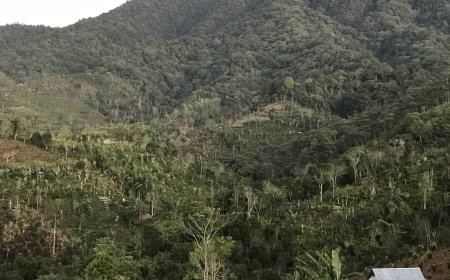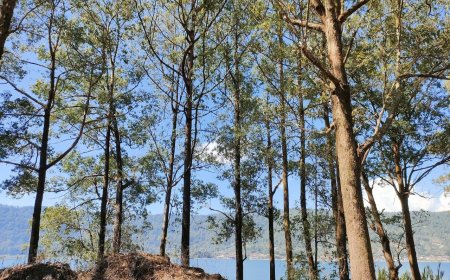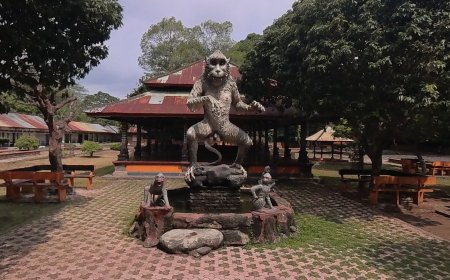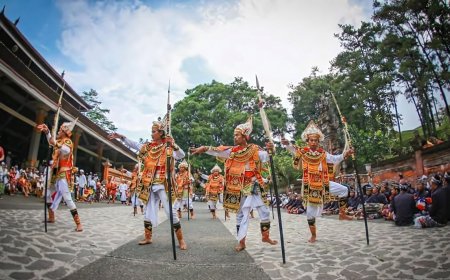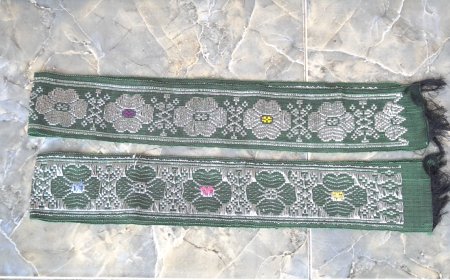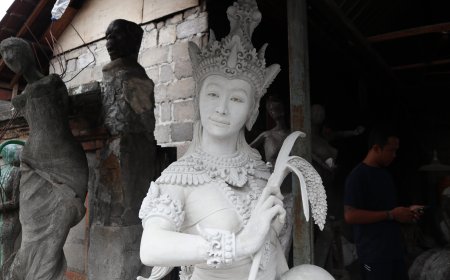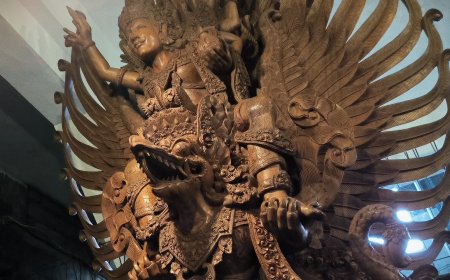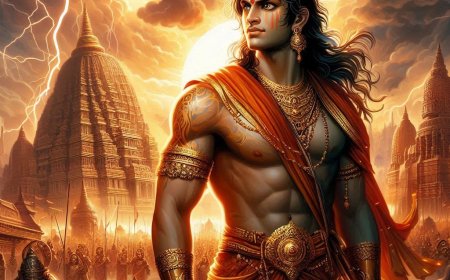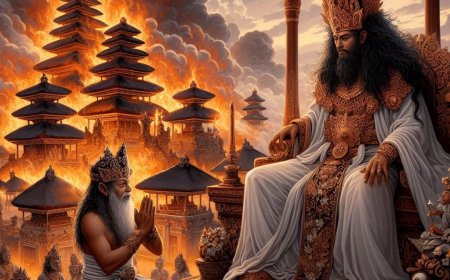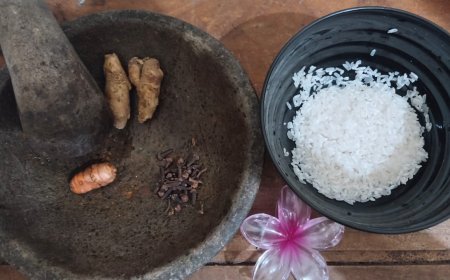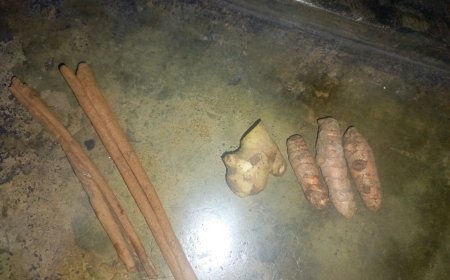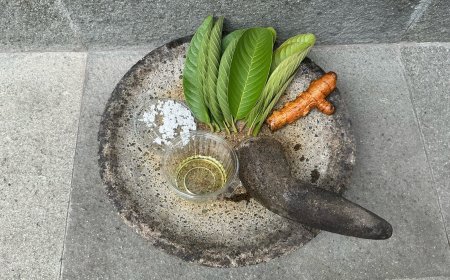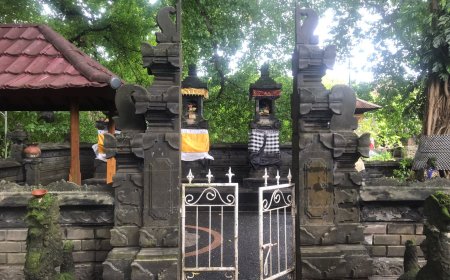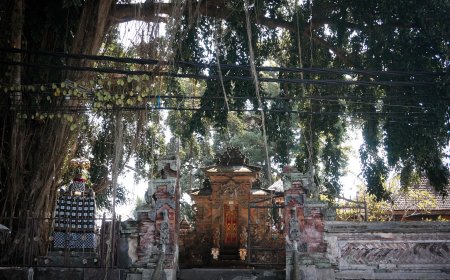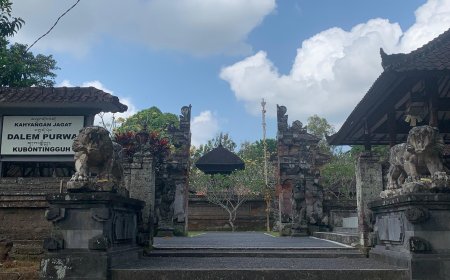The Uniqueness of Pura Kahyangan Tiga in Desa Adat Tegal Darmasaba: Understanding Bali's Spiritual Heritage
Explore the rich cultural heritage of Bali through Pura Kahyangan Tiga in Desa Adat Tegal. This article delves into the history, functions, and spiritual essence of Pura Desa, Pura Puseh, and Pura Dalem. Understand their significance in preserving harmony between humans, the universe, and Ida Sang Hyang Widhi Wasa, while promoting the values of unity and ancestral respect.
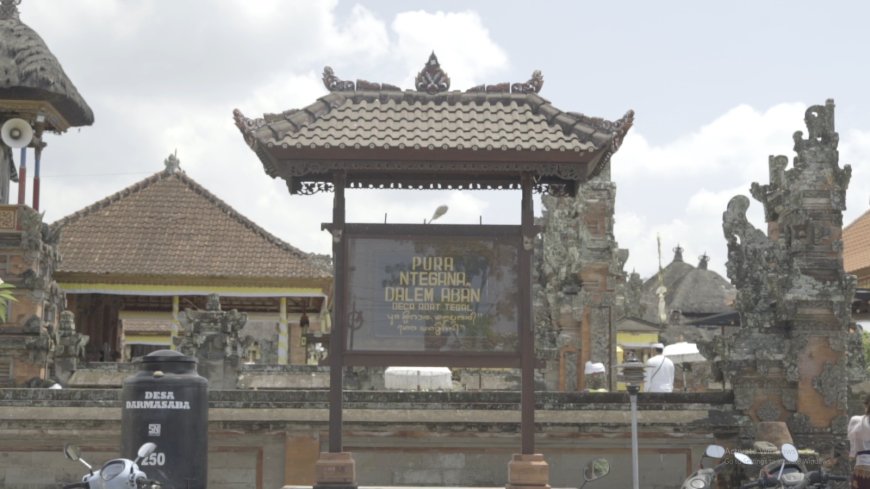
Bali, often referred to as the Island of a Thousand Temples, holds an invaluable wealth of culture and spirituality. One of the cultural heritages that form the foundation of its society is the existence of Pura Kahyangan Tiga. This temple is present in every traditional village in Bali, including Desa Adat Tegal. The presence of Pura Kahyangan Tiga in this traditional village not only strengthens the cultural identity of the community but also serves as a spiritual center that maintains harmony between humans, nature, and God.
Understanding Pura Kahyangan Tiga
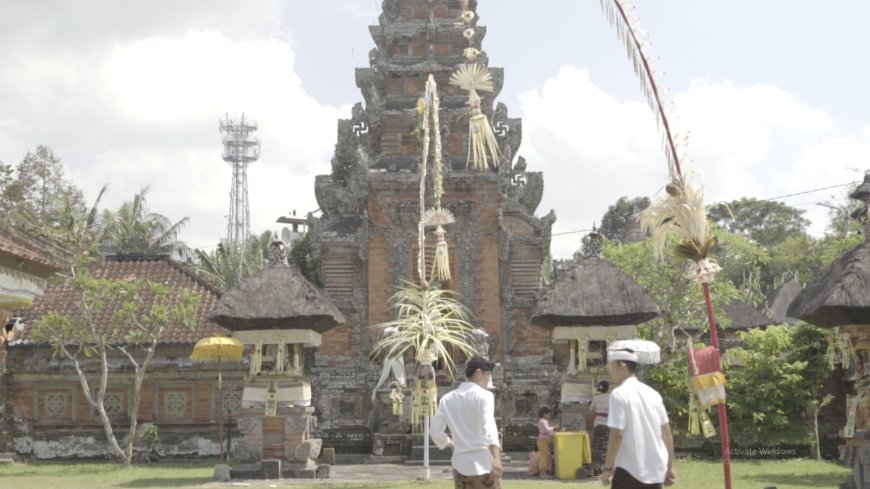
Pura Kahyangan Tiga (Photo Source: Personal Collection)
Pura Kahyangan Tiga consists of three main temples: Pura Desa, Pura Puseh, and Pura Dalem. These three temples have different functions and meanings, but they all converge on one goal: to maintain spiritual balance between humans, the universe, and Ida Sang Hyang Widhi Wasa.
- Pura Desa Pura Desa is a place of worship dedicated to Ida Sang Hyang Widhi Wasa in His manifestation as Dewa Brahma, the Creator. In Desa Adat Tegal, there are two Pura Desa, namely Pura Desa Tegal and Pura Desa Aban. The piodalan or sacred day at Pura Desa Tegal falls on Saniscara Kliwon wuku Wayang, also known as Tumpek Wayang. Meanwhile, the piodalan at Pura Desa Aban is celebrated on Buda Wage wuku Klawu. This temple symbolizes the unity of the village community in carrying out social and spiritual activities.
- Pura Puseh Pura Puseh is a sacred place dedicated to Dewa Wisnu, the Preserver. In Balinese Hindu belief, Dewa Wisnu is tasked with maintaining balance and preserving the universe. The piodalan at Pura Puseh Tegal is celebrated on Buda Umanis, wuku Prangbakat, while at Pura Puseh Aban, the piodalan falls on Purnamaning Sasih Kelima. This temple also symbolizes respect for ancestors and the origins of the village community.
- Pura Dalem Pura Dalem is a sacred place for worshiping Dewa Siwa in His manifestation as Pemralina, the Dissolver. In many traditional villages in Bali, Pura Dalem is usually located adjacent to the village cemetery or setra. However, in Desa Adat Tegal, Pura Dalem has a unique location, approximately 400 meters from the village setra. The piodalan at Pura Dalem Tegal is celebrated on Wrespati Kliwon, wuku Klawu, while at Pura Dalem Aban, it falls on Buda Wage, wuku Klawu. This temple symbolizes the cycle of life, death, and reincarnation.
The Role of Pura Kahyangan Tiga in Community Life
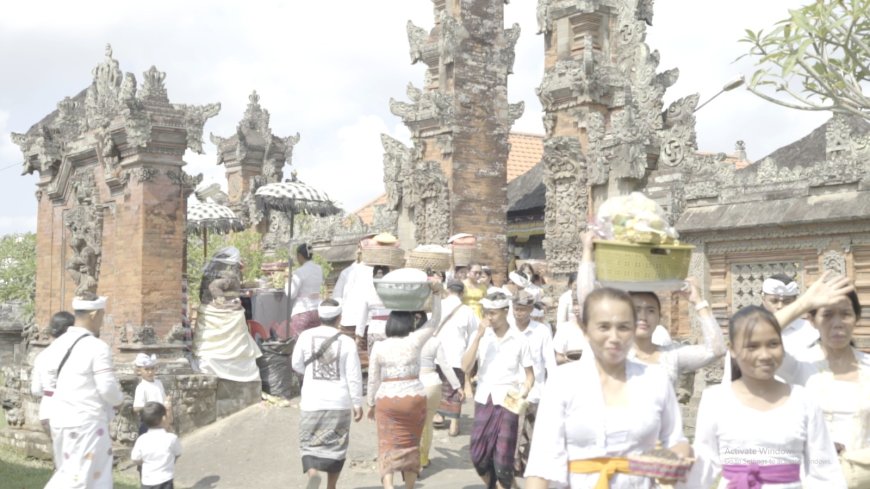
Pura Kahyangan Tiga (Photo Source: Personal Collection)
The presence of Pura Kahyangan Tiga in Desa Adat Tegal is an integral part of the lives of the local community. Each temple plays a central role in religious ceremonies, traditional activities, and the preservation of spiritual values. By routinely conducting piodalan and other ceremonies, the people of Desa Adat Tegal maintain harmonious relationships between humans, nature, and God.
Preserving Cultural and Spiritual Heritage
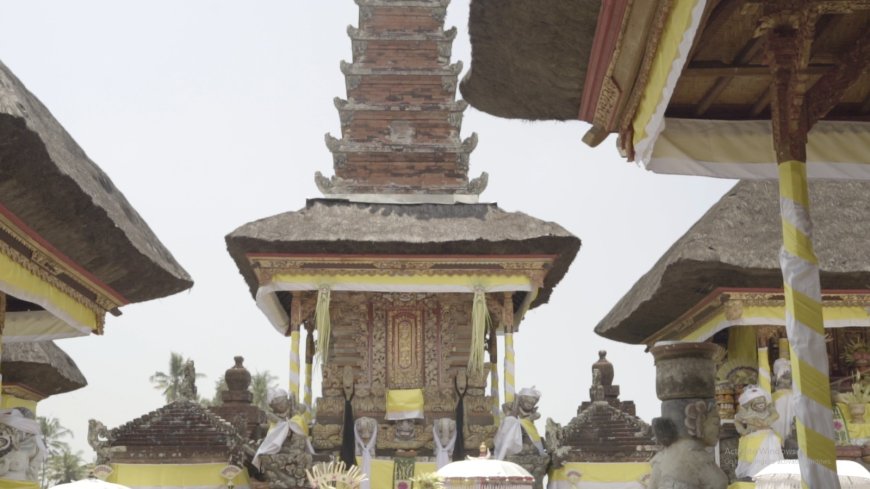
Pura Kahyangan Tiga (Photo Source: Personal Collection)
Pura Kahyangan Tiga is not merely a sacred structure but also a symbol of unity and cultural identity for the Balinese community. By preserving the existence and function of these temples, the people of Desa Adat Tegal safeguard the rich heritage of their ancestors. Amidst the rapid changes of modern times, these preservation efforts are increasingly crucial to ensure that future generations continue to understand and respect their cultural roots.
